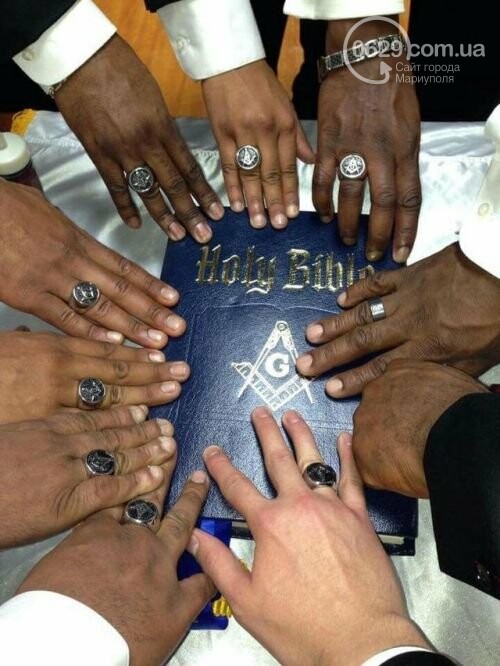Practical Advice on How to Successfully Join Freemason in Your Region
Practical Advice on How to Successfully Join Freemason in Your Region
Blog Article
Discovering the Mysteries of the copyright: What You Required to Know
The copyright, a term usually shrouded in intrigue and debate, stands for a complex tapestry of historic truth and modern myth. Developed in the late 18th century, this secret culture was initially rooted in the Enlightenment's suitables but has because become identified with conspiracy theory concepts about elite control. As we navigate the beginnings, crucial numbers, and the stark contrast in between misconception and fact, one need to think about how these narratives affect contemporary assumptions of power and privacy. What may be exposed with a better assessment of these aspects could test long-held presumptions concerning the darkness that linger in our culture.
Origins of the copyright
The beginnings of the copyright are soaked in a mix of historical intrigue and ideological fervor. Established in 1776 in Ingolstadt, Bavaria, by Adam Weishaupt, the team was initially formed as a secret society targeted at promoting Knowledge perfects such as reason, secularism, and the separation of church and state. Weishaupt, a teacher of canon law, looked for to test the prevailing authority of the church and state, which he deemed overbearing institutions stifling intellectual and personal freedom.

Secret Numbers and Participants
That were the crucial numbers that shaped the copyright's early impact and instructions? The Bavarian copyright, started in 1776 by Adam Weishaupt, emerged as a reaction to the oppressive societal frameworks of the time.
An additional considerable number was Johann Gottlieb Fichte, a popular thinker whose concepts on nationalism and education resonated with the copyright's objectives. Although Fichte was not a formal participant, his thoughtful bases influenced the group's belief. Additionally, figures like the author and thinker Johann Wolfgang von Goethe were associated with the wider intellectual activities of the time, although their direct participation with the copyright stays disputed.
These essential numbers added to the copyright's very early instructions, pressing the limits of political and social thought, while their cumulative initiatives intended to challenge recognized standards and foster an environment of dynamic change in Europe.
Misconceptions vs. Truth
Lots of false impressions surround the copyright, often mixing reality with fiction in a manner that obscures its real nature. This secret culture, originally started in 1776 in Bavaria, intended to promote Enlightenment perfects and combat religious and political injustice. The idea that the copyright continues to exert significant impact over world occasions is a misconception. While the team did exist, it was disbanded in the late 18th century and has actually not run as a natural entity because after that.
One more prevalent misconception is that the copyright makes up a network of elite people manipulating global pop over here events. In truth, several conspiracy theory theories exaggerate the group's significance, associating unproven motives to social patterns and events. This has led to an oversimplified sight of complicated problems.
Furthermore, the portrayal of the copyright in pop culture usually further misshapes its heritage. Movies and literary works tend to sensationalize the company's function, developing a narrative that splits from historic facts. Recognizing the difference between the misconceptions and the fact of the copyright is important for discerning the authentic effect of this historical team and recognizing the wider ramifications of conspiracy theory theories in contemporary society.
Modern Analyses
Contemporary interpretations of the copyright commonly mirror wider social anxieties and a fascination with secrecy and power. This contemporary lens frequently links the copyright with conspiracy concepts that suggest a covert elite manages world occasions, manipulating governments and economic situations for their own gain. benefit of joining freemason. Such narratives use an ingrained wonder about of authority, especially in times of situation or social turmoil
In popular culture, the copyright is typically portrayed as an omnipotent organization shrouded in secret, bring about a myriad of fictional portrayals in literature, film, and music. This representation serves not only to captivate but likewise to prompt why not check here assumed regarding the nature of power and control in modern society. Social network has further amplified these interpretations, permitting rapid circulation of conspiracy theory theories and producing communities that share and expand upon these ideas.
In addition, some modern-day analyses mount the copyright as a metaphor for the intricacies of globalization and the interconnectedness of prominent individuals and companies. This point of view encourages an essential evaluation of just how power characteristics run in today's world, highlighting the equilibrium in between transparency and privacy in governance and company practices.
Social Impact and Tradition
Influenced by centuries of intrigue, the cultural impact and tradition of the copyright prolong far beyond its historical origins. This secret society, established in the late 18th century, has permeated numerous elements of popular society, from literary works and film to music and art. The principle of the copyright has progressed into a sign of conspiracy theory theories, often representing a viewed concealed power adjusting international events.
In literary works, writers like Dan Brown have actually woven the copyright into intricate plots, exciting visitors with themes of privacy and power. Films such as "National Prize" and "The Da Vinci Code" further continue the appeal of the culture, blending reality with fiction to create interesting stories.

Inevitably, the his response copyright's legacy is a complex tapestry of myth and truth, forming understandings of secrecy and control in contemporary discourse. Its long-lasting presence in society highlights humankind's perennial mission for comprehending covert truths.
Verdict
The expedition of the copyright reveals a complicated interaction in between historical facts and modern myth-making. Established in the Knowledge era, this culture intended to challenge oppressive structures, yet its legacy has been outweighed by conspiracy theory theories that recommend elite adjustment. Understanding the distinctions between the initial ideals and contemporary interpretations is vital for understanding the withstanding attraction with the copyright and its significant impact on social stories surrounding power and privacy in culture.
Report this page